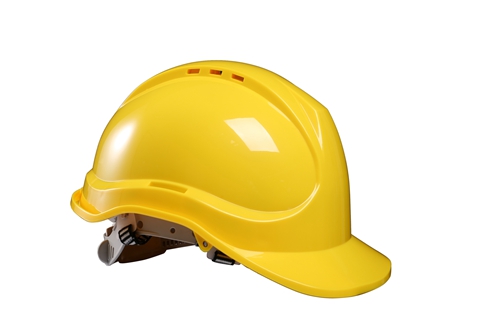Exploring the Importance of Safety Ratings for Protective Clothing and Equipment in Various Industries
Understanding Safety Ratings on Safety Clothing Products
Safety clothing products are an essential aspect of workplace safety across various industries, from construction and manufacturing to healthcare and emergency services. The effectiveness of these garments is often quantified through a safety rating system that helps employers and employees alike gauge the protective capabilities of each clothing item. This article aims to provide a comprehensive overview of safety ratings in safety clothing, highlighting their significance, standards, and how they guide purchasing decisions.
Safety ratings are designed to convey the level of protection that a particular garment can provide against various hazards. These ratings are defined by specific standards set by organizations such as the American National Standards Institute (ANSI), the International Organization for Standardization (ISO), and the National Fire Protection Association (NFPA). Each of these organizations develops guidelines and testing protocols to evaluate the performance of safety clothing in real-world scenarios.
Understanding Safety Ratings on Safety Clothing Products
The significance of safety ratings cannot be overstated. They serve as a reliable benchmark for quality, helping to ensure that workers are protected adequately. When purchasing safety clothing, employers must prioritize items with the appropriate safety ratings for their specific work environments. For instance, workers in high-heat areas should consider garments with a high NFPA rating, while those working near traffic should look for high-visibility clothing that meets ANSI standards.
safety rating on safety clothing products

In addition to providing protection, safety ratings can also influence legal compliance and insurance policies. Many industries are governed by regulations that mandate the use of specific types of safety clothing. Failing to comply with these regulations not only places workers at risk but can also result in fines and increased insurance premiums. By ensuring that safety apparel meets the required ratings, employers can mitigate these risks and foster a culture of safety within their organizations.
Moreover, safety ratings also encourage manufacturers to invest in research and development to improve the safety and comfort of their products. As technology advances, the materials used in safety clothing continue to evolve, incorporating features such as moisture-wicking properties, breathability, and enhanced durability while still meeting stringent safety requirements. This innovation benefits workers by providing garments that not only protect but also enhance comfort and usability during long hours of wear.
It is also important for consumers to understand how to interpret safety ratings effectively. Not all safety clothing is created equal, and the highest rating does not always guarantee the best fit for every situation. Employers and workers should assess the specific hazards present in their environments and choose clothing that addresses those risks effectively. Additionally, they should consider factors such as fit, comfort, and the garment’s ease of maintenance to ensure that safety clothing is worn consistently and correctly.
In conclusion, safety ratings on safety clothing products are integral to ensuring the well-being of workers in hazardous environments. By adhering to recognized standards and selecting appropriately rated garments, organizations can significantly reduce risks and enhance safety in the workplace. As the landscape of safety clothing continues to evolve, staying informed about safety ratings will empower both employers and employees to make informed choices that prioritize safety above all else.
-
Buy Safety Helmet Malaysia – Affordable Construction & Tanizawa Helmets
NewsJul.08,2025
-
Safety Helmet with Umbrella – Affordable & Custom OEM Options from China Manufacturer
NewsJul.08,2025
-
Different Kinds of Safety Helmet OEM & Cheap China Safety Helmets Supplier
NewsJul.07,2025
-
High-Quality Halo Safety Helmet – Affordable OEM & China Manufacturer Options
NewsJul.07,2025
-
Aline Class A Yellow Safety Helmet - Affordable OEM China Supplier & Bulk Deals
NewsJul.06,2025
-
Best McDonald Safety Helmet - Cheap OEM China Supplier for High-Quality Protection
NewsJul.06,2025
